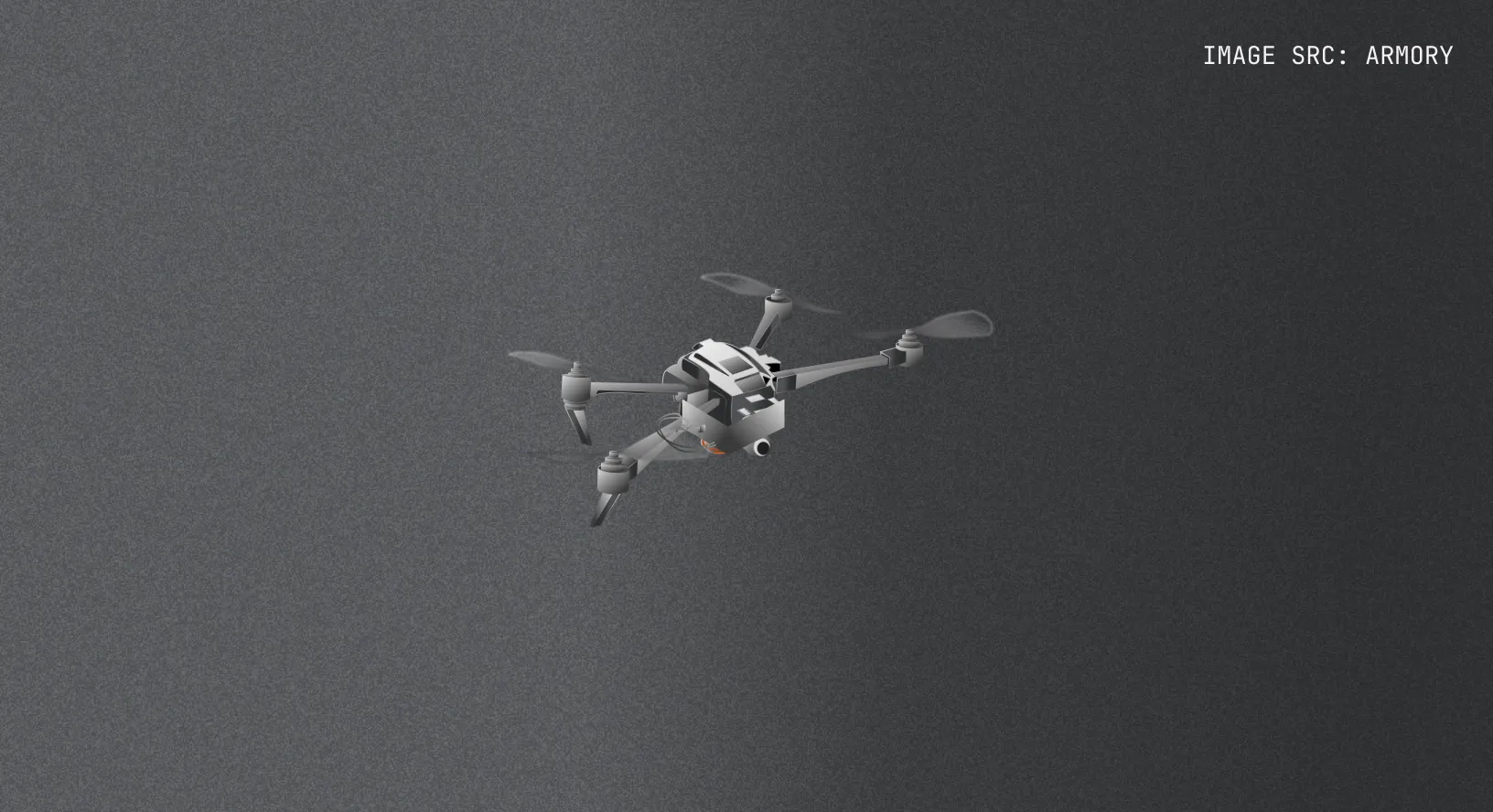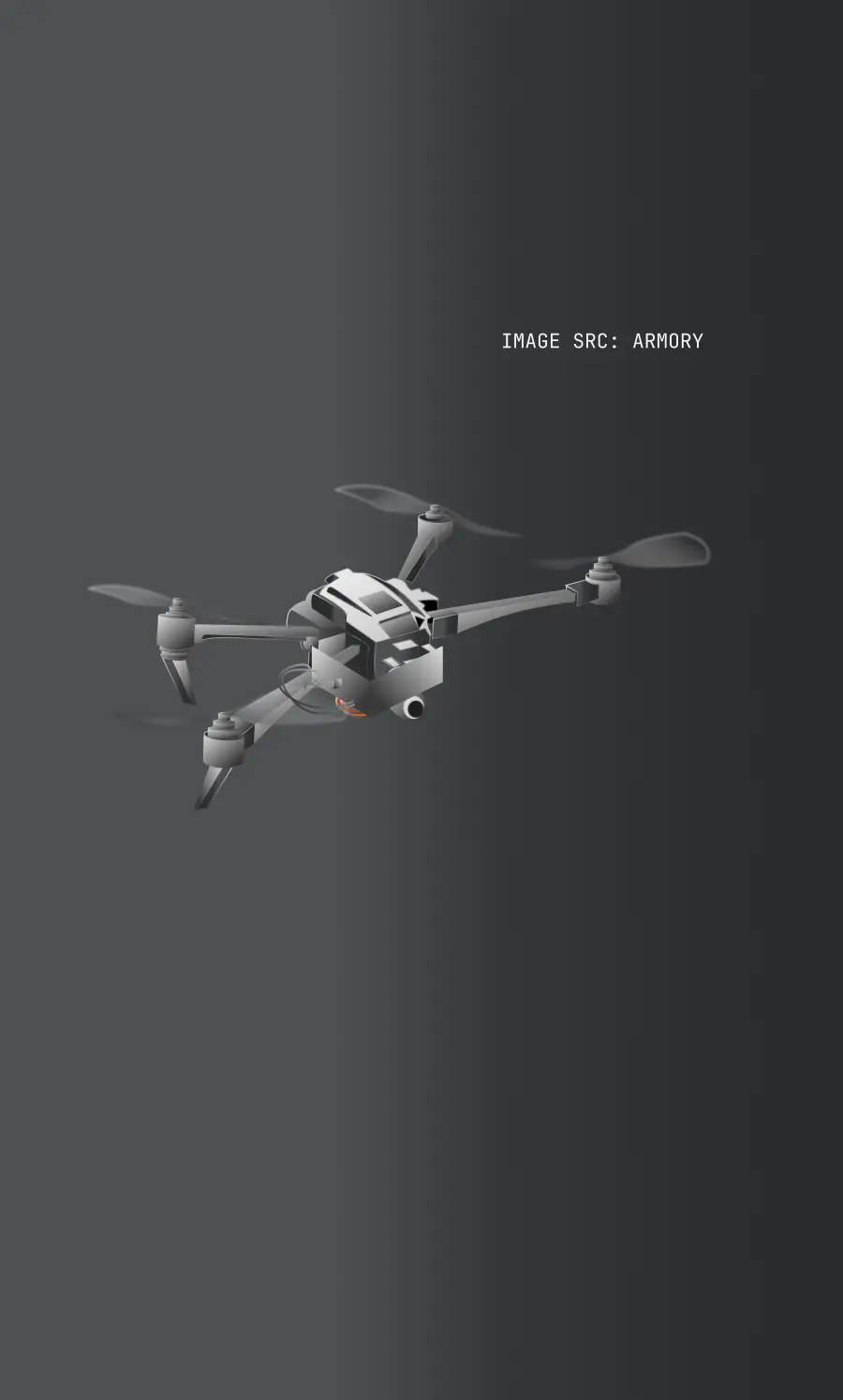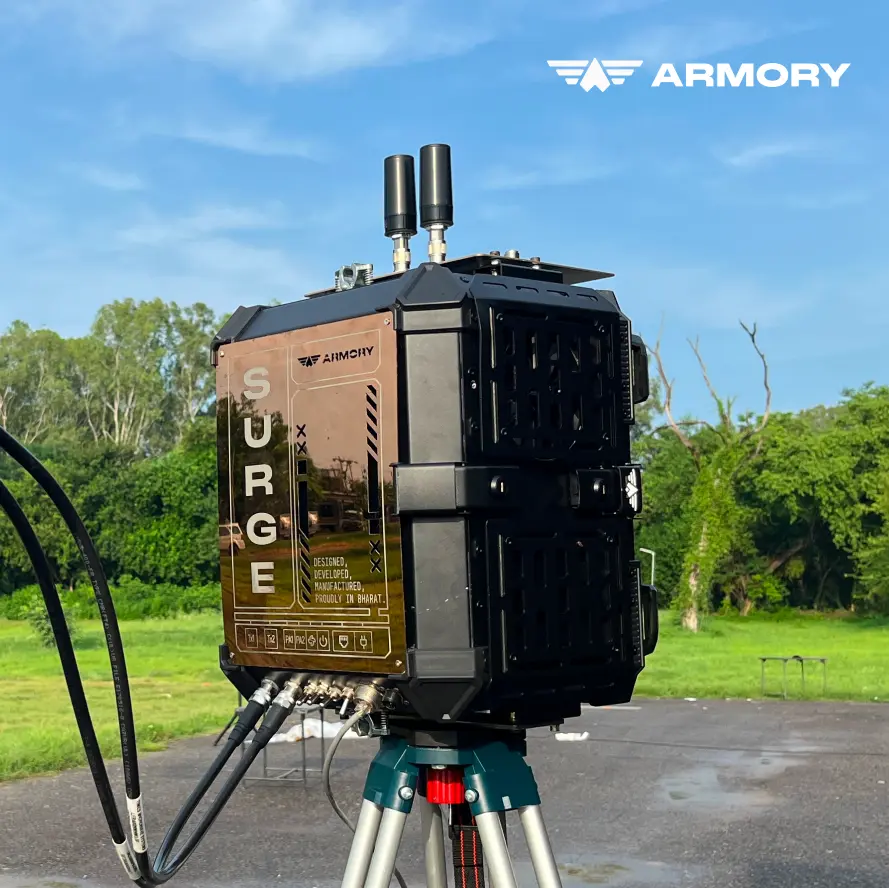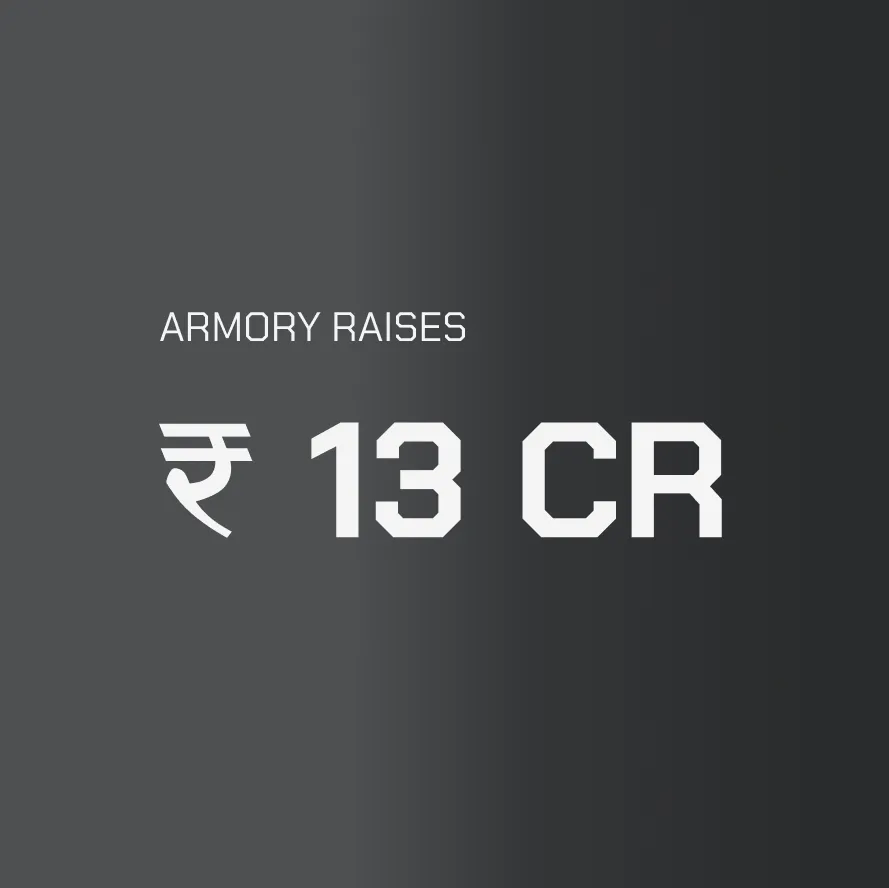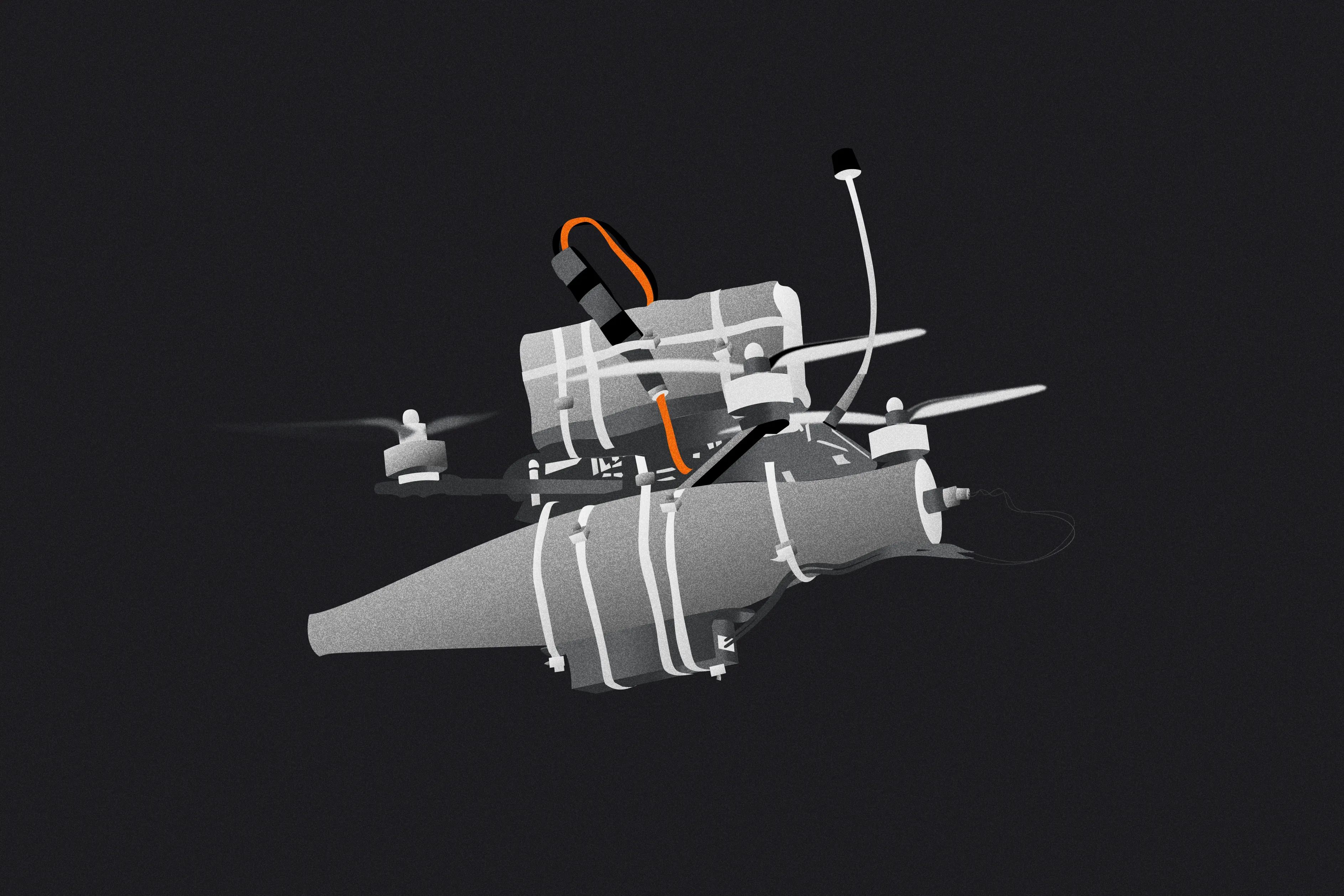The Smart and Scalable Solution for Countering Drones
When it comes to counter-drone systems, there has been global debate and conflicting opinions about hard-kill and soft-kill. As drone technology advances, India faces newer security threats, from cross-border threats to unauthorised drone activities near critical or tense locations. While there are various counter-drone measures, the soft-kill solutions like jamming, spoofing, and cyber takeovers offer quite a few advantages that align with India’s defence priorities, including cost-effectiveness, scalability and adaptability to diverse operational environments. In a battlefield increasingly dominated by swarm tactics and electronic warfare, relying solely on hard-kill methods is like bringing a sword to a cyber fight.
The Cost-Effectiveness of Soft-Kill Methods
In a country as vast as India, securing land borders of around 15,106 km, military bases, and key infrastructure against drone threats requires sustainable, long-term solutions. Hard-kill options, such as missile-based interceptors, can be expensive. For example, a single Akash surface-to-air missile costs approximately ₹5 crore, systems like Bhargavastra are estimated to cost anything between $ 50,000 to $ 100,000, while the S-400 air defence missiles cost even more per engagement. In contrast, the soft-kill methods provide a far more economical approach, allowing the security forces to disable multiple drones without recurring high costs. India, in the last half a decade, has been expanding in counter-drone solutions and scaling its capabilities. [1]

Scalability and Multi-Target Engagement
The recent increase in drone-related incidents along the LOC highlights the need for solutions capable of countering swarm tactics. The exponential growth of the BSF intercepting the Pakistani drones attempting to smuggle drugs and weaponry into Punjab helps us in making our point, and so do the recent activities with the neighbouring countries so far. The numbers increased dramatically from one in 2020 and 2021 to 22 in 2022, then to 119 in 2023 and 304 in 2024. Soft-kill methods, such as radio-frequency (RF) jamming, can disrupt multiple drones at once, making them ideal for protecting high-risk zones like border regions, oil refineries, and power plants. [2]
Minimising Collateral Damage
India’s dense urban centres, including the tier 1 and 2 cities, make kinetic counter-drone methods challenging due to the risk of falling debris. The soft-kill solutions, on the other hand, disable drones mid-flight without physical destruction, are more suitable for civilian areas, government buildings, airports, railway stations and power plants and historical establishments.
In December 2023, right before the G20 Summit, a suspected drone was detected near a high-security no-fly zone in Delhi. Had it been intercepted using kinetic means, its remains could have injured bystanders or damaged property in the crowded urban environment. Soft-kill methods, on the other hand, disable the drone’s navigation and communication systems, causing it to land safely or return to its point of origin. This prevents unintended casualties and damage, or in situations where one would want the drone for an investigation, this could be ideal. [3]
Furthermore, in scenarios where drones are suspected of carrying hazardous payloads, such as explosives, chemical agents, or surveillance equipment, destroying them mid-air may disperse the payload unpredictably, leading to even greater risks. Soft-kill solutions allow security forces to take control of a rogue drone and safely divert or neutralise it without triggering its payload.
Take, another example, India’s extensive oil refinery network, power grids, and nuclear installations. A drone carrying an explosive payload, if destroyed in proximity to such facilities, could still cause severe secondary damage due to shockwaves or debris impact.

Adaptability to India’s Evolving Drone Landscape
As India pushes for self-reliance in defence under the Atmanirbhar Bharat initiative, soft-kill technologies present an opportunity for domestic innovation. With the increasing use of drones for both security and commercial applications, the ability to neutralise threats without permanently destroying valuable technology is critical. Armory is actively working on advanced detection and jamming solutions tailored for Indian defence forces.
Soft-Kill as a Part of India’s Multi-Layered Defence Strategy
While kinetic countermeasures remain a part of India's defence ecosystem, soft-kill solutions provide a sustainable, scalable, and cost-effective layer of protection. A combination of soft-kill solutions will strengthen India's counter-drone strategy across military, law enforcement, and border security operations.
As India continues to invest in indigenous defence technologies, soft-kill methods will play a pivotal role in securing national airspace against evolving drone threats.
REFERENCES:
- Newly tested “Bhargavastra” detects drones at 6km, targets at 2.5km, capable of firing 64+ Micro-Missiles to counter swarms. (2025, January 23). Defence News India. https://defence.in/threads/newly-tested-bhargavastra-detects-drones-at-6km-targets-at-2-5km-capable-of-firing-64-micro-missiles-to-counter-swarms.12465/
- Kumar, M., & Kumar, M. (2025, February 14). 75% cross-border drones BSF shot down in Amritsar in last 4 years were launched from Lahore. ThePrint. https://theprint.in/india/75-cross-border-drones-bsf-shot-down-in-amritsar-in-last-4-years-were-launched-from-lahore/2494642/
- Sharma, S. (2023, September 9). G20 Summit 2023: Delhi Police files FIR for flying drone at birthday party in Patel Nagar area. India TV News. https://www.indiatvnews.com/delhi/g20-summit-2023-delhi-police-files-fir-flying-drone-birthday-party-patel-nagar-area-latest-updates-investigation-2023-09-09-891682

.svg)

